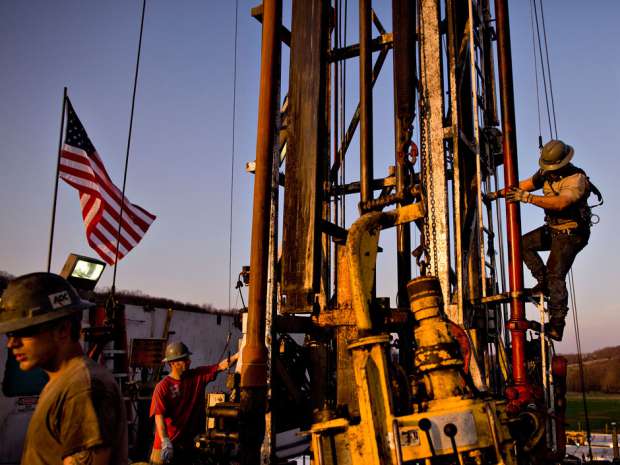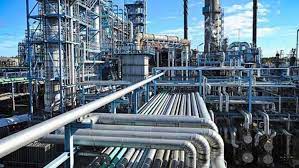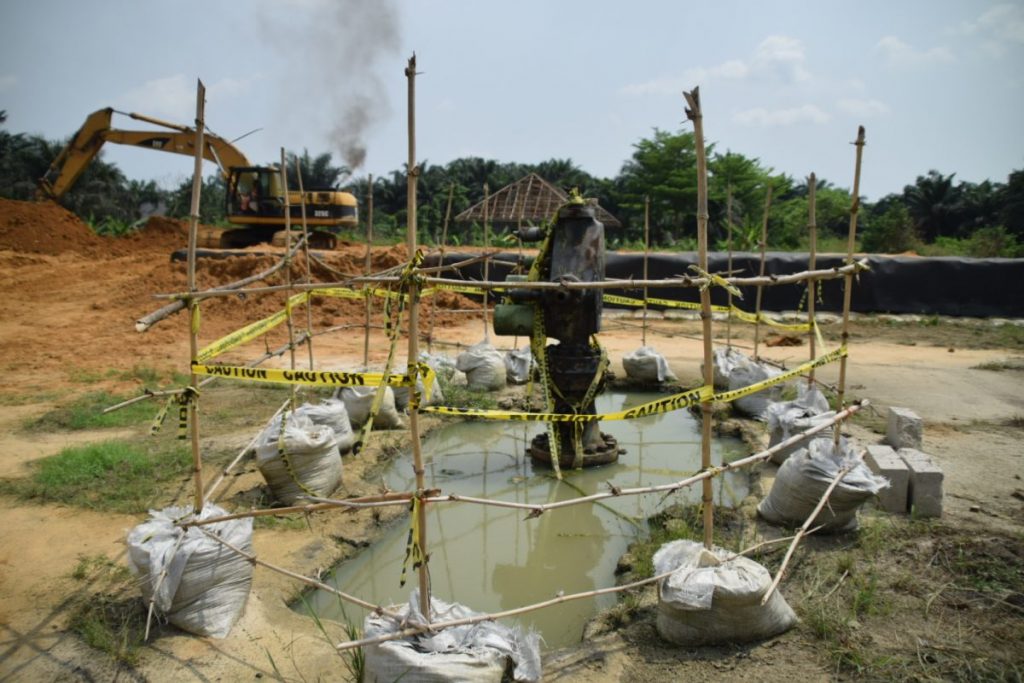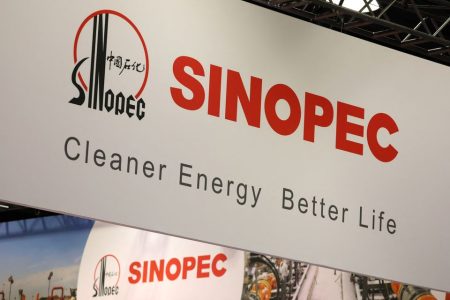
News wire — U.S. energy producers have cut a once-large pool of oil wells waiting to be activated so deeply that they may soon have to resume drilling to prevent production from slumping, executives said and analysts.
That would mean increased spending that could confuse investors who have benefited from the recent priority given by shale companies to shareholder returns over increased production.
Companies including Diamondback, Pioneer Natural Resource and Devon Energy), for example, have redirected increasing cash returns to dividend growth, variable distributions, redemptions and debt reduction.
Investors, frustrated by years of poor industry returns, punished companies that sought to increase production at the expense of shareholder returns and rewarded those that demonstrated capital discipline.
Drilling new wells could increase supply at a time when oil sells for $ 70 a barrel, a profitable level for US and OPEC shale producers.
These high prices, hurricane closures at U.S. offshore wells and a rapidly declining order book of drilled but unfinished shale wells may prompt producers to restart drilling and test their commitment to keep spending flat.
The backlog of shale wells waiting to be activated has fallen sharply, according to the latest US data, reducing a reserve that has allowed companies to maintain production without spending more.
Some executives say more shale will be needed to make up for normal production cuts and hurricane losses, and investors will have to accept that.
“Spending in 2022 will have to be higher just to maintain the volumes enjoyed in 2021 and I think in general Wall Street is aware of that,” said Nick O’Grady, managing director of Northern Oil and Gas Inc, which owns interests in wells in Texas and North Dakota.
FOUR YEARS LOW
The new wells cost about $ 7 million each, with drilling accounting for about 30% of the total. With oil at $ 70 a barrel, producers could invest more money in drilling while still managing to increase shareholder payouts, analysts said.
The number of drilled but unfinished wells, known as DUCs, fell to 5,957 in July, the lowest in four years, from nearly 8,900 at its peak in 2019, according to data from the US Energy Information Administration.
The operation of DUCs has helped to keep capital expenditure stable. A group of 31 oil and gas producers tracked by investment firm Cowen plan to spend just 1% more this year than last, even as oil prices have jumped.
U.S. companies increased their crude volumes by 11% to 12 million barrels per day in 2019. But production this year is around 11.4 million barrels per day (bpd), according to the EIA, and will decrease by 100,000 bpd by the end of this year. , on losses from Hurricane Ida, the EIA said.
Linda Htein, director of energy consulting firm Wood Mackenzie, said completing DUCs was a great way to keep production going without adding a bunch of rigs or increasing capital spending.
Pioneer Natural Resources (PXD.N) has reduced its DUC backlog over the past 18 months. The shale producer may soon hire a third hydraulic fracturing team, chief executive Scott Sheffield said this month at Barclays CEO’s Energy-Power conference.
“Right now we’re sticking to two,” he told investors.
INVENTORY REDUCTION
At current well completion rates, the EIA estimates that the major U.S. shale deposit responsible for U.S. oil gains over the past decade has less than six months of UCRs remaining.
Unless shale producers start drilling new wells, DUC’s depleted order book “could limit the growth of oil production in the United States in the coming months,” EIA said. .
The number of recently drilled oil rigs in the United States was around 401, data from Baker Hughes Co (BKR.N) showed on Friday. But that number of rigs is historically low compared to other times when crude oil futures prices were near similar levels or at even lower prices.
As the number of US oil rigs increased, it was historically low compared to other times when crude oil futures prices at the start of the month were near similar levels or at even lower prices.
DUCs have been a “very powerful short-term solution, but are not a long-term solution,” said Mark Finley, former BP Plc (BP.L) economist and energy researcher at the Baker Institute for Public Policy at Rice University.
“At some point, the inventory of excess drilled but incomplete wells will run out.”
- Reuters (By Arathy Nair in Bangalore; edited by Gary McWilliams and Jane Merriman)
- Follow us on twitter



